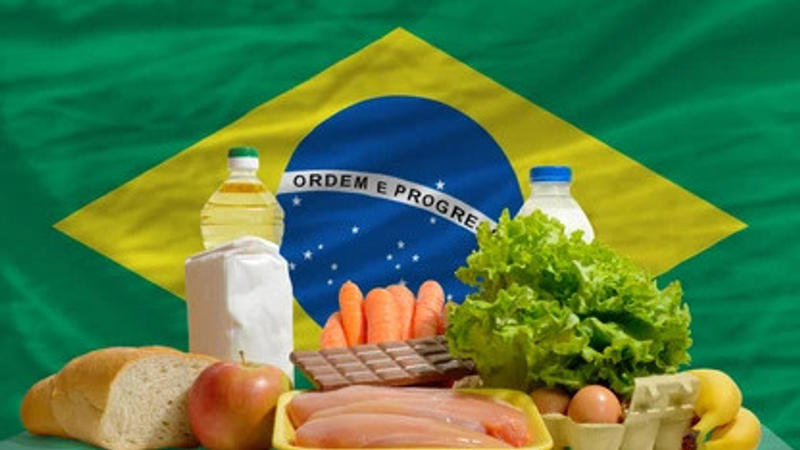Published 21:22 IST, August 30th 2024
US consumer spending remains strong in July; Inflation rises moderately
The core PCE inflation, which excludes these more volatile food and energy prices, was up 0.2 per cent in July as well, setting the year-over-year gain at 2.6 p

US Inflation: US consumer spending increased solidly in July, suggesting the economy continued to gain momentum early in the third quarter, which could temper expectations for an aggressive interest rate cut by the Federal Reserve next month. Spending by consumers, who account for more than two-thirds of U.S. economic activity, increased 0.5 per cent in July, the Commerce Department said Friday, after an unrevised 0.3 per cent gain in June. That was in line with economists' expectations. Continued spending suggests consumers stayed on their role in supporting growth during the period, complementing the second-quarter GDP annualised rate of 3.0 per cent. Still, even with growing fears over the health of the economy -underscored by a surge in the jobless rate to a nearly three-year high of 4.3 per cent last month-the report also showed that inflation was still climbing at a moderate pace. The PCE price index rose 0.2 per cent last month, matching June's gain. It was up 2.5 per cent from a year earlier, the same as in June.
The core PCE inflation, which excludes these more volatile food and energy prices, was up 0.2 per cent in July as well, setting the year-over-year gain at 2.6 per cent. These figures give reason to believe that while current inflation remains above the Federal Reserve's target of 2per cent, it doesn't seem to be accelerating in a particularly worrisome fashion.
This steady consumption growth was quite broad, with big spending on motor vehicles and parts, housing and utilities, food and beverages, and recreational services. In addition, consumers increased their outlay on health care, financial services, and insurance, reflecting the ongoing vigor in the service sector. Personal income rose 0.3 per cent for a second straight month in July, while wages increased 0.3 per cent. However, the saving rate dropped to 2.9 percent, the lowest since June 2022 from 3.1 percent in the prior month, indicating consumers are drawing on their savings to support their spending habits.
The results have convinced some economists to reconsider the likelihood of a 50-basis-point reduction in interest rates by the Federal Reserve this September. "There is nothing here to push the Fed to a half-point cut," said Conrad DeQuadros, senior economic advisor at Brean Capital. “This is not the kind of spending growth associated with recession.” Attention now shifts to this week's report on August employment, which could be the key determinant for the Federal Reserve. Financial markets currently price in a full 0.5 per cent rate reduction this month, but many economists anticipate a more modest 0.25 per cent cut, given the economy's continued resilience and moderate inflation pressures.
"The near term is focused on the pace of rate cuts, but what matters over time is the depth of the rate-cutting cycle," said David Alcaly, lead macroeconomic strategist at Lazard Asset Management.
The US dollar strengthened against a basket of currencies following the report, while US Treasury prices fell.
Updated 21:22 IST, August 30th 2024